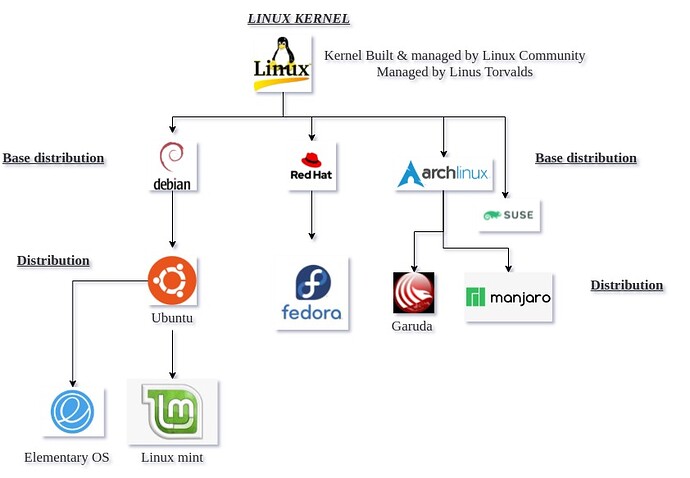First post here! I just installed Linux Mint on my PC for the first time, a few days ago, dual booting along with Win 10 so this is all very new and fresh for me. Apologies in advance if I bring out some really obvious stuff.
This is a media center PC I use in my living room to watch series, movies, browse the net, play music and use for gaming. My girlfriend also uses it and isn’t interested in having to fiddle around to make things work, so I have the additional (fun) challenge of making the transition as seamless and painless as possible.
I have to say, so far it’s been relatively fun and easy to set up. Performance is overall better than on Win10. This is a mid-range PC from a few years ago (i7 6700, 16gb ram, low-mid range Radeon from that era), so I’m not expecting blazing fast performance, but I’m seeing a nice improvement. For apps, I found everything I used on Windows, or close-enough alternatives. For example, replaced Foobar2000 with Clementine - installed a the Soundbox desklet to have a minimal music player interface on my desktop - hiding the taskbar and installed Unclutter to hide the mouse cursor. Really slick. With minimal searching for guidance on the web plus some tinkering and fooling around, I quickly made 90% of the way to get almost complete functional parity with what I had on Windows, with some nice perks on top.
Things I wish I had better knowledge of, coming in;
-
What’s up with AppImage, Flatpak, etc. - at first, when browsing apps from the app manager, I couldn’t understand why there were so many variations of the same apps available to download.
-
To this day, I’m still not sure how I need to manage keeping my installed applications up-to-date.
-
I haven’t done serious searching about this yet, but I’ve yet to stumble upon a kind of beginner’s primer to using the Terminal commands for basic operations.
-
How easy is it to set myself up with a particular Linux distro, then change my mind and try another one?
-
Setting up bluetooth devices so they don’t need to be reset on every boot from Win to Linux and back is incredibly complex for the casual user, especially LE ones like my mouse. I had to read multiple walkthroughs of the process, worded in a way that if I wasn’t a natural tinkerer and not too scared of breaking stuff, I wouldn’t have made it through. I appreciate my intelligence being trusted, but sometimes I need to have things explained to me like I’m a five years old, and this doesn’t seem to be a thing in the Linux communities, which seem geared towards very tech-savvy people.
This. I still need to find resources on getting up to speed for this - but yeah, a big part of the transition is learning the equivalencies between Windows and Linux.
- I understand Linux Mint is based on Ubuntu. I guess other distros are based on other variants. It isn’t immediately clear what’s what, and how this impacts instructions you follow on the web, for installing applications manually, for example.
I guess that’s about it for now. Good luck on your articles, very much looking forward to reading them!

